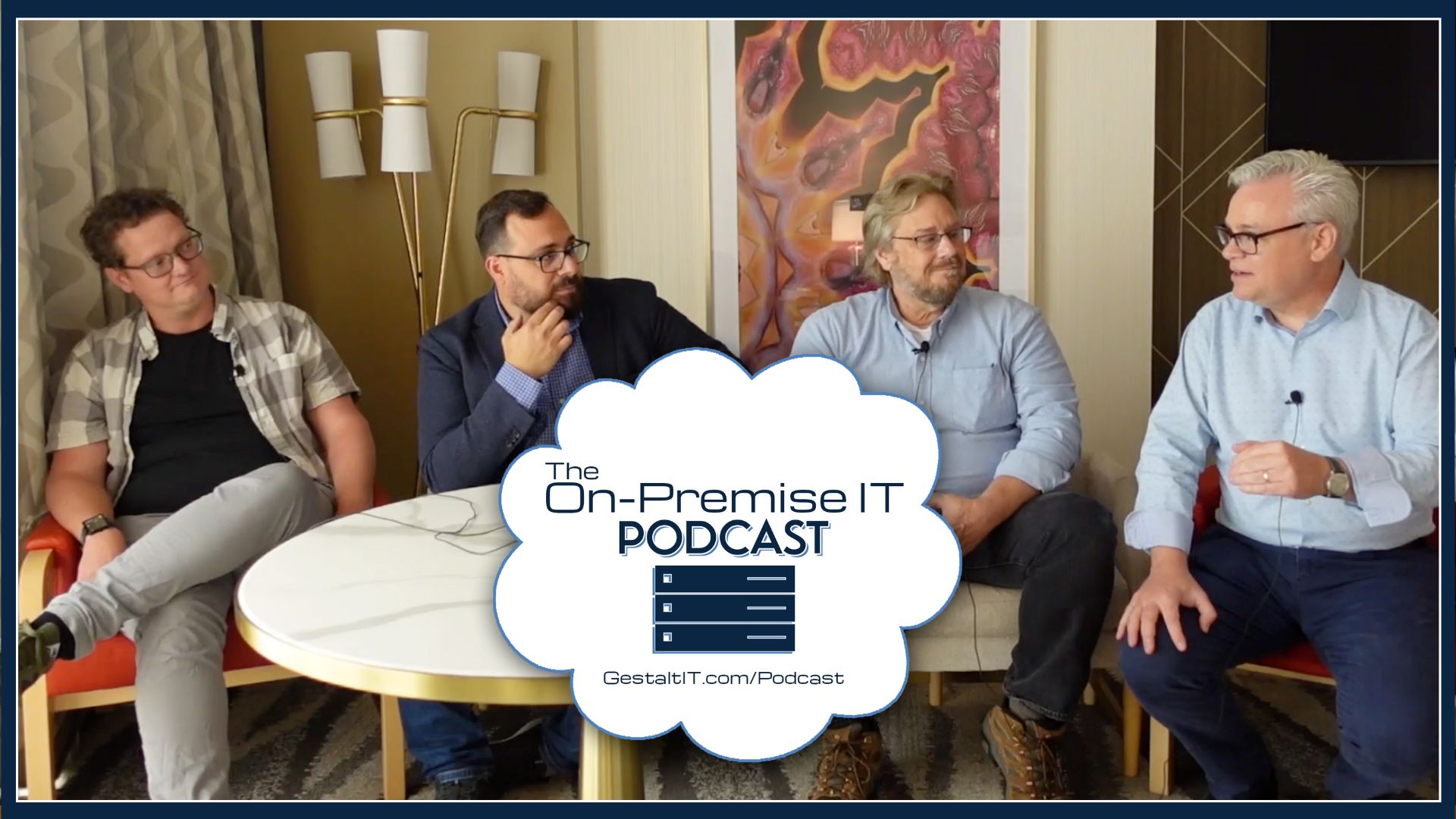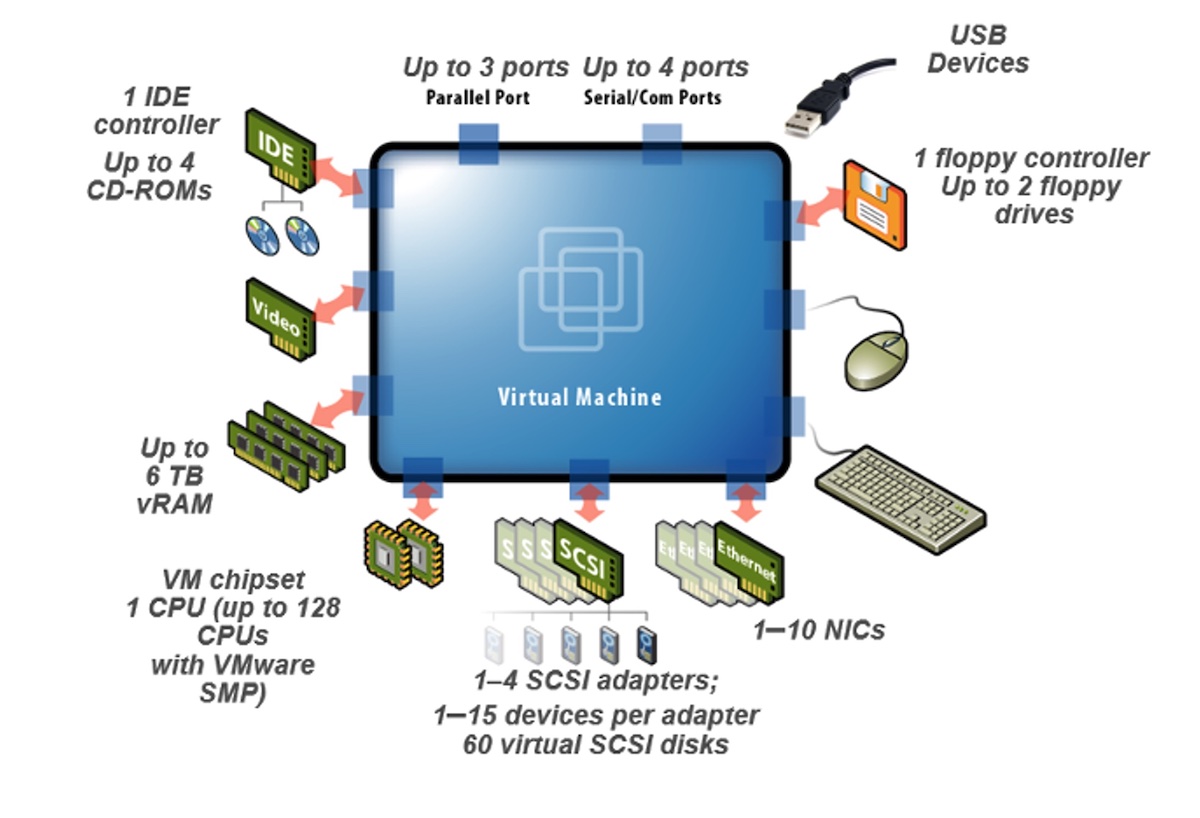Podcast: Play in new window | Download ()
Subscribe: Apple Podcasts | Spotify | Amazon Music | RSS | More
When you come to think about it, people who work in the IT sector are all slightly nuts. We all work in an area that is notorious for trying to make itself not needed. When we find repetitive tasks, we try to automate them. When we have a feeling that we can improve something, we do just that. And by doing that, we try to remove ourselves from the equation where we possibly can. In a sense, we try to make ourselves invisible to the people working with our infrastructure, because a happy customer is one that doesn’t even notice that we are there or did something to allow him to work.
Traditional IT shops were loaded with departments that were responsible for storage, for networking, for operating systems and loads more. The one thing that each department has in common? They tried to make everything as easy and smooth as possible. Usually you will find loads of scripts that perform common tasks, automated installations and processes that intend to remove the effort from the admins.
In comes a new technology that allows me to automate even more, that removes the hassle of choosing the right hardware. That helps me reduce downtimes because of (un)planned maintenance. It also helps me reduce worrying about operating system drivers and stuff like that. It’s a new technology that people refer to as server virtualization. It’s wonderful and helps me automate yet another layer.
All of the people who are in to tech will now say “cool! This can help me make my life easier”, and your customer will thank you because it’s an additional service you can offer, and it helps your customer work. But the next question your customer is going to ask you is probably going to be something along the lines of “Why can’t I virtualize the rest?”, or perhaps even “Why can’t I virtualize my application?”. And you know what? Your customer is absolutely right. Companies like VMware are already sensing this, as can be read in an interview at GigaOM.
The real question your customer is asking is more along the lines of “Who cares about your hardware or operating system?!”. And as much as it pains me to say it (being a person who loves technology), it’s a valid question. When it comes to true virtualization, why should it bother me if am running on Windows, Unix, Mac or Linux? Who cares if there is an array in the background that uses “one point twenty-one jiggawatts” to transport my synchronously mirrored historic data back to the future?
In the long run, I as a customer don’t really care about either software or hardware. As a customer I only care about getting the job done, in a way that I expected to, and preferably as cheap as possible with the availability I need. In an ideal world, the people and the infrastructure in the back are invisible, because that means they did a good job, and I’m not stuck wondering what my application runs on.
This is the direction we are working towards in IT. It’s nothing new, and the concept of doing this in a centralized/decentralized fashion seem to change from decade to decade, but the only thing that remained a constant was that your customer only cared about getting the job done. So, it’s up to us. Let’s get the job done and try to automate the heck out of it. Lets remove ourselves from the equation, because time that your customer spends talking to you is time spent not using his application.







Great, innate and sensible information. As long as technology keeps improving for customers or users it means one barrier lower to adoption and at reduced cost. As you’ve rightly said customers only care about getting the job done at all cost and is up to the technologists to deliver things in the time frame. Great interesting post Bas!